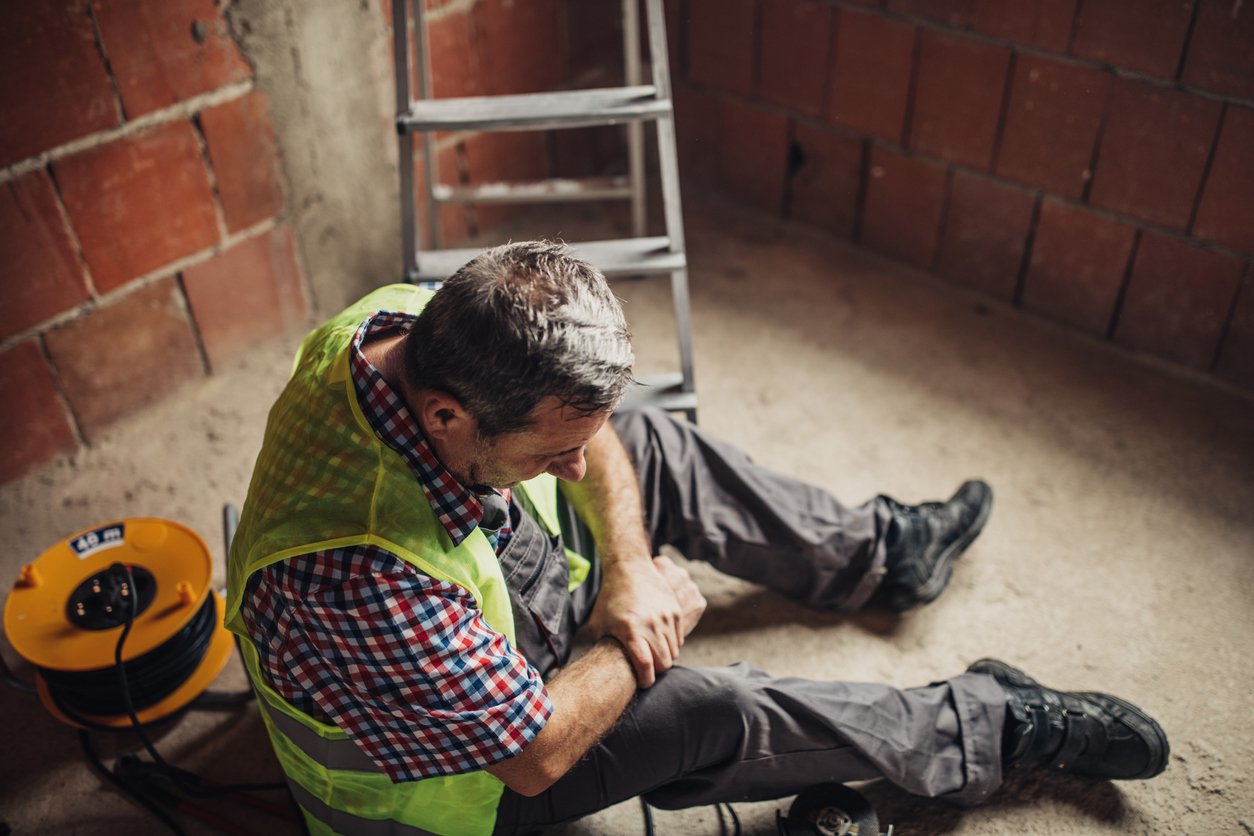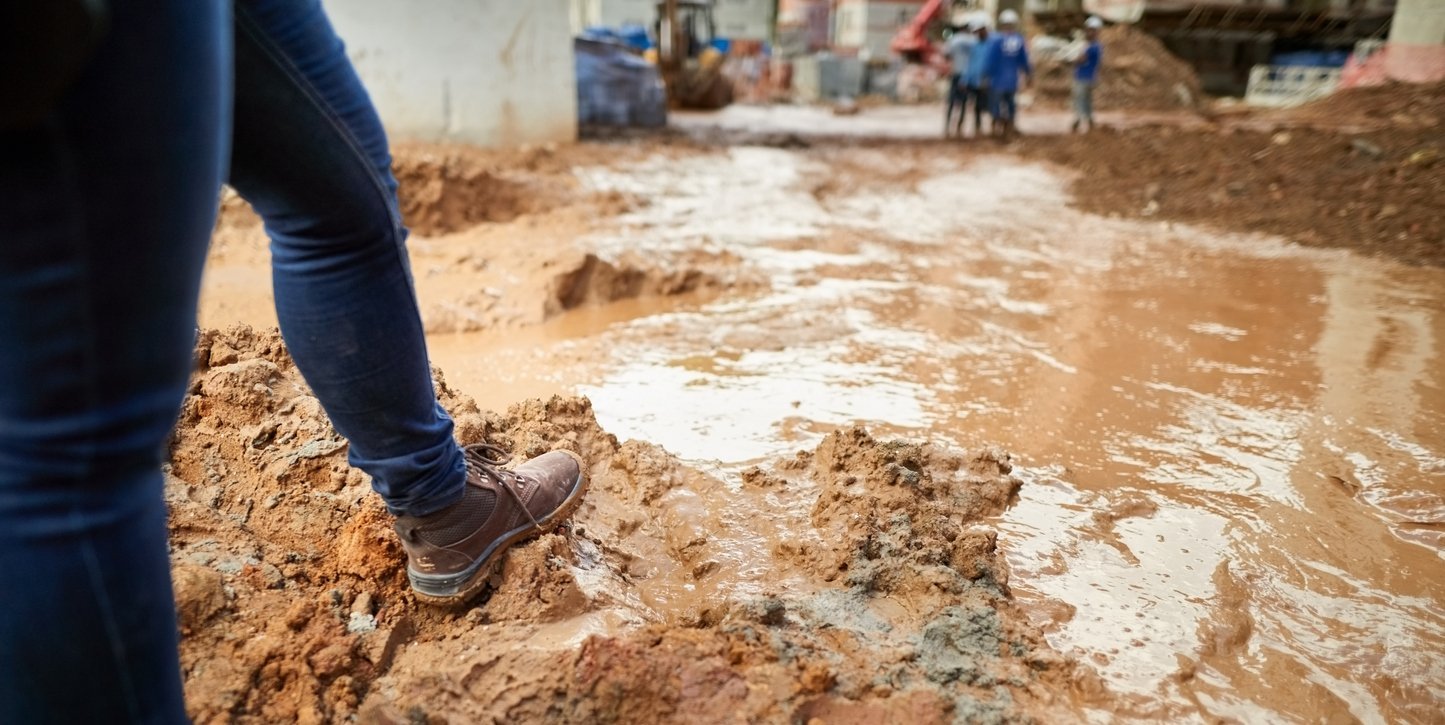
Between June 14th and June 20th, the world celebrates Men’s Health Week. Both physical and mental health are important for everyone, but they can be especially difficult to manage for those working in physically demanding, male-dominated industries like construction. In these environments, seeking help or discussing mental health challenges is often stigmatised, and viewed as a potential sign of weakness.
This dynamic makes issues like stress in construction more prevalent, with many workers enduring unnecessary hardship. Addressing these challenges is essential to fostering healthier, more supportive workplaces.
Construction workers are often exposed to high-pressure and physically demanding situations, such as working from heights in windy conditions, using machinery, lifting and other physical activities like digging.
For example, working from heights without the proper Health & Safety procedures or equipment can create significant stress, particularly for younger workers who may lack the confidence to question unsafe practices. This pressure can lead to a buildup of anxiety, especially if workers are in these high-risk situations for extended periods, such as when repairing or retiling a roof. Over time, these mental and physical strains can have serious implications on both their well-being and job performance.
There are also stressful factors away from sites that can have an impact. For instance, late payments, meaning you and your employees might be strained financially can cause a lot of stress and pressure on the employer and this can then have a knock-on effect on the employee’s that you’re responsible for and haven’t been paid.
In the UK, suicide accounts for the most deaths in males under 45. According to an article published by the Holistic Healthcare Group, those who work in construction are three times more likely to commit suicide than other industries.
The article also states that:
Another article posted on the HR director website states that in a 2017 survey, 73% of construction workers felt their employers did not recognise the early signs of mental health. Consequently, 23% of those surveyed were considering leaving the industry, in the next 12 months, due to poor mental health.
These stark statistics highlight the urgent need to address mental health in the construction industry and provide better support for workers facing emotional and psychological challenges.

There were an estimated 42,000 work-related cases of musculoskeletal disorders (new or long-standing) in 2018/19, about three-fifths of all ill health in the construction industry with 2.1% of workers reporting musculoskeletal disorders – almost double the percentage of the average for all areas of work in the same period.
Other common types of musculoskeletal injuries in construction:
Less common areas of injury and illness within the construction include:
Contact dermatitis: Painters and decorators, carpenters and joiners, and building trades not elsewhere classified all suffer from more than twice the all-industry rate of contact dermatitis.
Occupational asthma: Airborne materials from spray painting, welding, or cutting/grinding metals are among the contributory factors to those suffering from asthma.
Chronic Obstructive Pulmonary Disease (COPD): Commonly caused by exposure to fumes, chemicals and dust and environmental pollution. Smoking is the single most important causative factor.
Occupational Cancer: most commonly mesothelioma, a form of cancer that follows the inhalation of asbestos fibres. The extensive use of insulation boards containing brown asbestos (amosite) within buildings for fire protection purposes is a common cause found in today’s construction industry.
Occupational Deafness: from years of exposure to loud machinery.

Despite being less talked about, stress in construction is a significant concern. According to the HSE’s 2018/19 report, there were an estimated 16,000 work-related cases of stress, depression, or anxiety (new or long-standing), which made up a quarter of all ill health in this Sector.
It’s crucial that anyone working on your sites feels comfortable in their environment. This means ensuring they are treated fairly, respected by their colleagues, and feel safe using the machinery or carrying out tasks assigned to them. Additionally, workers should never be subjected to discriminatory behaviour or harassment.
It’s also important to watch for anyone who may be struggling physically or with illness, and below are some key areas to help you spot signs early.
Make sure if anyone is showing signs of a physical injury, illness, anxiety, depression or stress on-site that you’re open with them and ask if everyone is ok or what the issue may be.
A good option for employers could be setting up an employee assistance programme (EAP) where employees can talk to someone about the issues they may be facing anonymously and make staff aware that the system is in place and how to go about speaking to someone.
For more help on setting up EAP, check out this guide from our sister company Citation.

At Smas Worksafe, we understand the importance of addressing both physical and mental stress in construction. To help you create a safer and healthier work environment, we offer a range of CITB-approved training courses designed to help you upskill and advance your career.
Take a look at the different types of courses we offer below.
We also offer SSIP packages for contractors and businesses, offering you quick and easy accreditation. You’ll be able to demonstrate your Health & Safety commitments to clients and customers and also benefit from access to our team of in-house experts.
If you want to request a quote about any of our services, call our team at 01752 280183 and we will be happy to offer any advice and further information.
